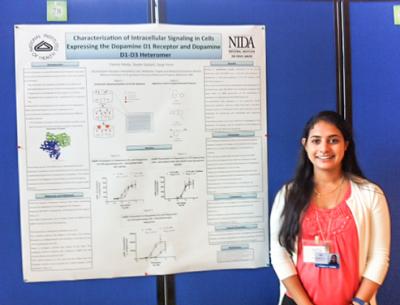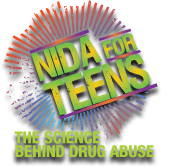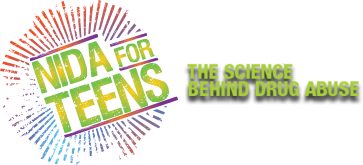
Hello, you last heard from me when I won one of NIDA’s Science of Addiction Awards at the Intel Science and Engineering Fair. Since then, NIDA invited me to become an intern at its Intramural Research Program (IRP) lab in Baltimore, Maryland, and it was a memorable experience. I worked in the Molecular Targets and Medications Discovery Branch. The research I conducted at NIDA focused on cocaine addiction but also has applications for Parkinson’s disease and schizophrenia.
My project looked at how dopamine receptors in the brain might structurally combine to affect cocaine addiction and other neurological disorders. After taking two buses to come to the IRP campus every morning, I strapped on my gloves and started preparing the substance to give to the dopamine cells. My experiments usually lasted the whole day. I always waited with excitement at the end of the day to see the results. Through the experimentation, we developed a better understanding of the intracellular signaling of dopamine receptors (how they “talk” to each other), which could eventually help in developing new drugs to treat ailments associated with the dopamine receptors, including addiction.
I enjoyed the opportunity to work in a professional environment. I was able to contribute to the research in Dr. Sergi Ferre's lab, called the Central Nervous System Receptor-Receptor Interactions Unit. Every Thursday, our lab met to discuss our results. There, I had the amazing opportunity to work with my mentor, Dr. Xavier Guitart—something I will never forget. I was new to this specific field of neurology, so Dr. Guitart guided me through the whole process. He was always there when I needed guidance. It was so great to work in such a supportive environment.
Loss Led to Interest in Brain Science
I became interested in drug addiction because of my strong desire to contribute to research in the neurology field, after my uncle passed away from stroke in 2008. Stroke constricts blood flow to the brain, which is why it is a neurological disorder. Addiction is another disorder that affects the brain, which is what initially made me interested in drug addiction. My hope is that developing a treatment for addiction will also shed light on neurological disorders like stroke.
I've always wanted to be a medical doctor, possibly a surgeon. But now that I've had a glimpse of working in a research lab, it is something that I want to pursue later in life. Through this opportunity, I’ve learned that drug addiction is an important issue that affects many people, and that my efforts, along with many others’ efforts, will contribute to finding effective treatments. Working at the NIDA lab gave me a lot to think about as I enter my final year of high school.
Yamini Naidu is a senior at Valley Catholic High School in Beaverton, Oregon. Her lab work in NIDA's Intramural Research Program has inspired her to pursue a joint M.D.-Ph.D. program in neurology.





Comments
You are doing a good thing, by what you are doing.
Congrats for your winning of one of NIDA’s Science of Addiction Awards at the Intel Science and Engineering Fair. You writre very interesting blog. Keep Sharing!! [commercial link removed, per guidelines]
Add new comment